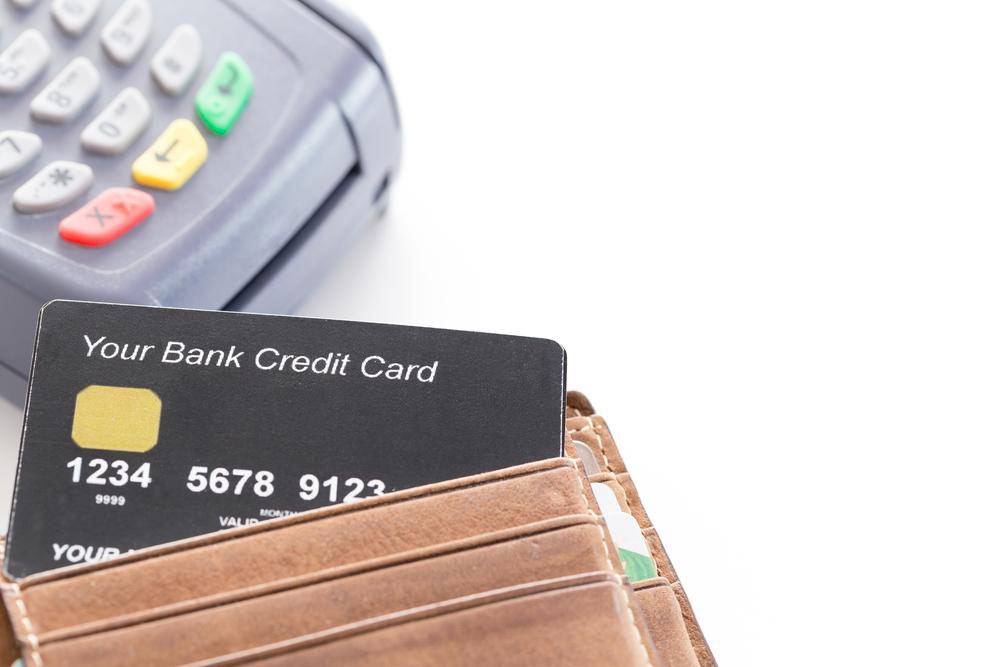Understanding Lines of Credit: Types, Functionality, and Benefits
This article explores lines of credit, detailing their types, how they function, and their benefits. Learn about secured and unsecured options, including personal, home equity, business, and securities-backed lines of credit. Discover tips for managing these flexible financial tools effectively to maximize their advantages and ensure responsible usage.

When in need of funds, individuals have various borrowing options. While credit cards and personal loans are common, lines of credit offer a versatile alternative. A line of credit is a revolving loan provided by banks or credit unions, allowing access to a set amount of money up to a specified limit. Borrowers can withdraw and repay as needed, paying interest only on the utilized amount. This flexible funding option is useful for managing expenses like emergencies, home improvements, or business needs.
Essentially, a line of credit is a pre-approved borrowing capacity that remains available for repeated use. Unlike lump-sum loans, interest accrues only when funds are withdrawn.
How does a line of credit work? Typically, when financial needs arise, people may request a loan or a line of credit. While a personal loan provides a fixed sum upfront, a line of credit offers ongoing access to funds without immediate interest charges until money is withdrawn. LOCs can be secured—backed by collateral—or unsecured, based on creditworthiness.
Unsecured Line of Credit - Usually offered as personal LOCs, requiring no collateral. Examples include credit cards. These can be harder to qualify for, needing a strong credit score.
Secured Line of Credit - Tied to collateral like assets or property, often with higher credit limits and lower interest rates, since lenders have tangible security.
Types of lines of credit include:
Personal Line of Credit - Provides flexible, revolving unsecured funds ideal for emergencies, travel, or unexpected expenses. Eligibility typically requires stable income and good credit.
Home Equity Line of Credit (HELOC) - Secured against home equity, allowing homeowners to borrow up to around 75-80% of their property's value minus mortgage balances. These have draw periods (about 10 years) for borrowing and repayment.
Business Line of Credit - Designed for business needs, based on company assets, profitability, and risks. These may be secured or unsecured.
Securities-Backed Line of Credit (SBLOC) - Provides collateral through securities holdings. Borrowers can access up to 50-95% of the asset value and typically make interest-only monthly payments until repayment.
Advantages of lines of credit include:
Pay interest only on the amount borrowed.
Flexibility to access funds over an extended period.
Replenish the available balance after repayment, enabling ongoing borrowing capacity.
To effectively manage an LOC, consider these tips:
Consult with your lender for clear understanding of terms before opening an account.
Know your withdrawal limits to prevent overshooting and penalties.
Avoid impulsive borrowing to control costs.
Monitor interest rates and fees regularly.
Track your credit utilization to stay within budget and protect credit scores.
Clear existing debts before taking on new ones.
Seek advice from financial professionals for optimal management.










